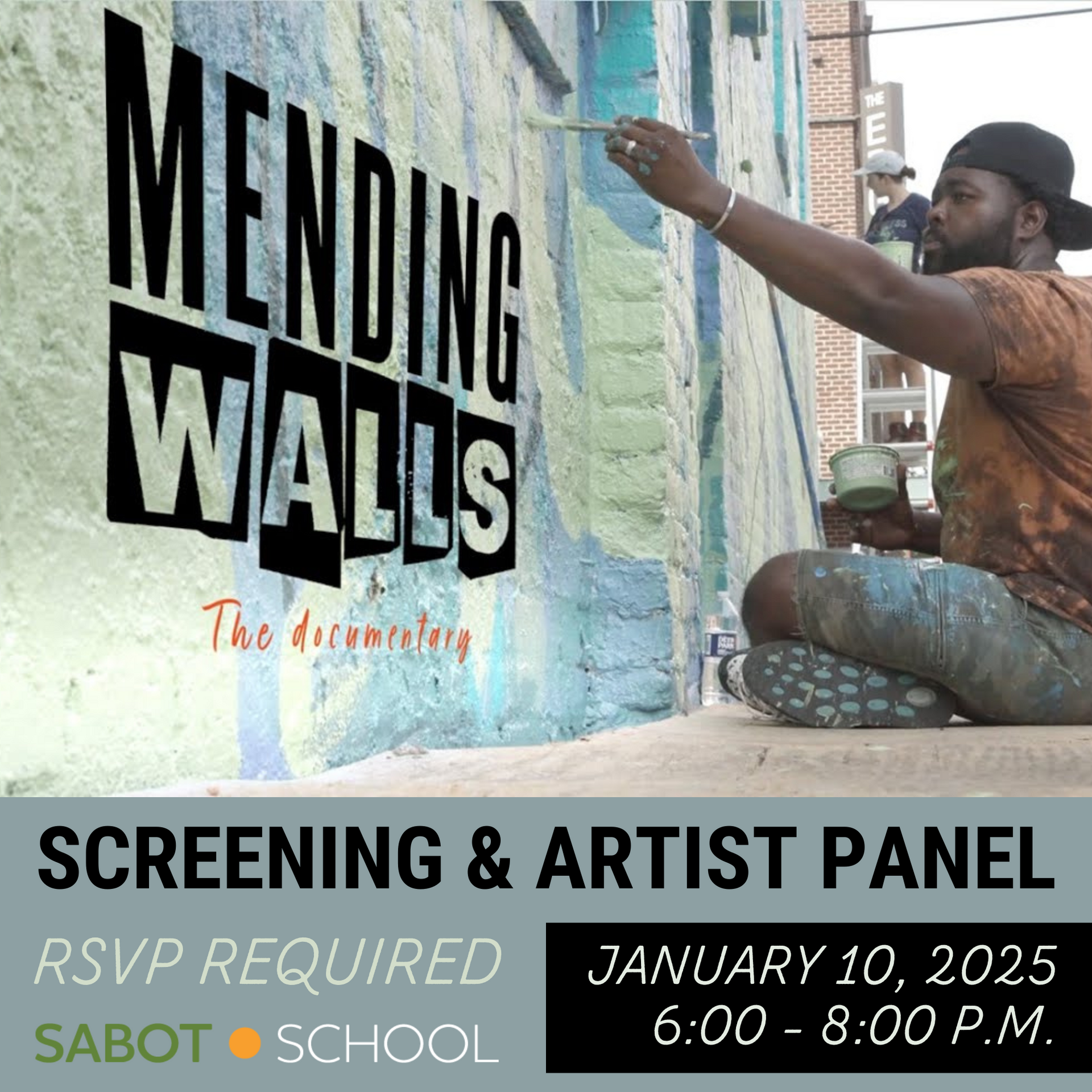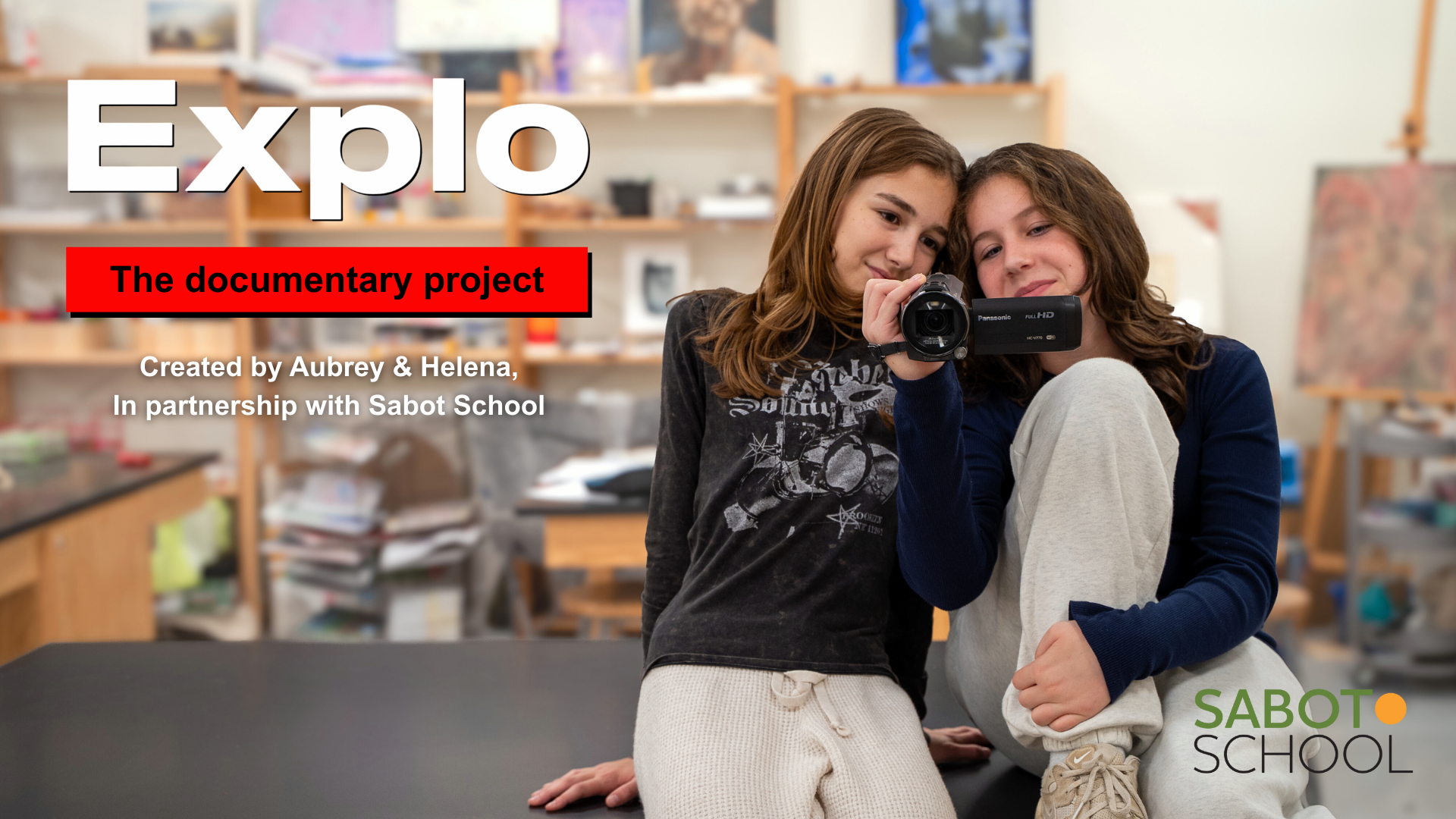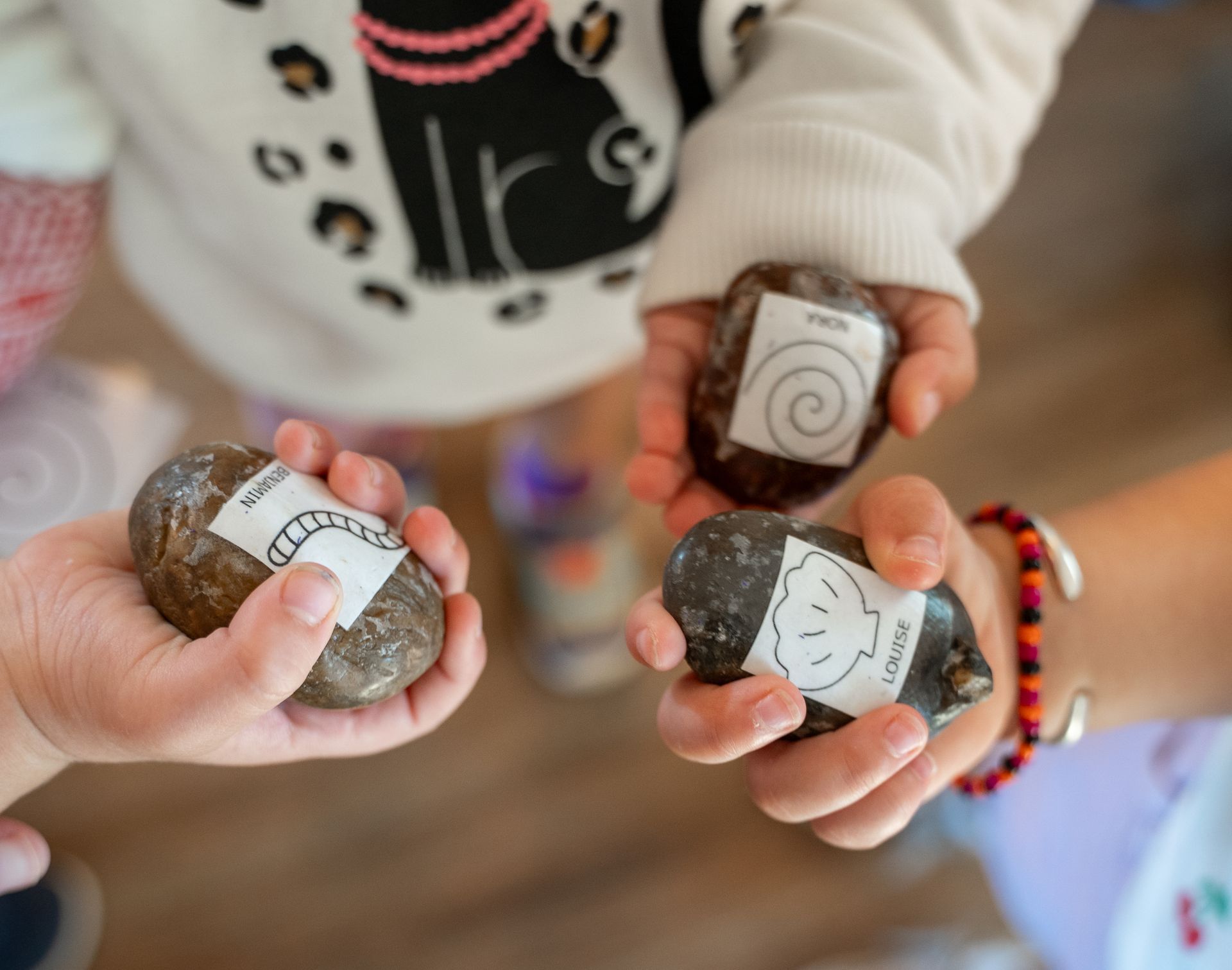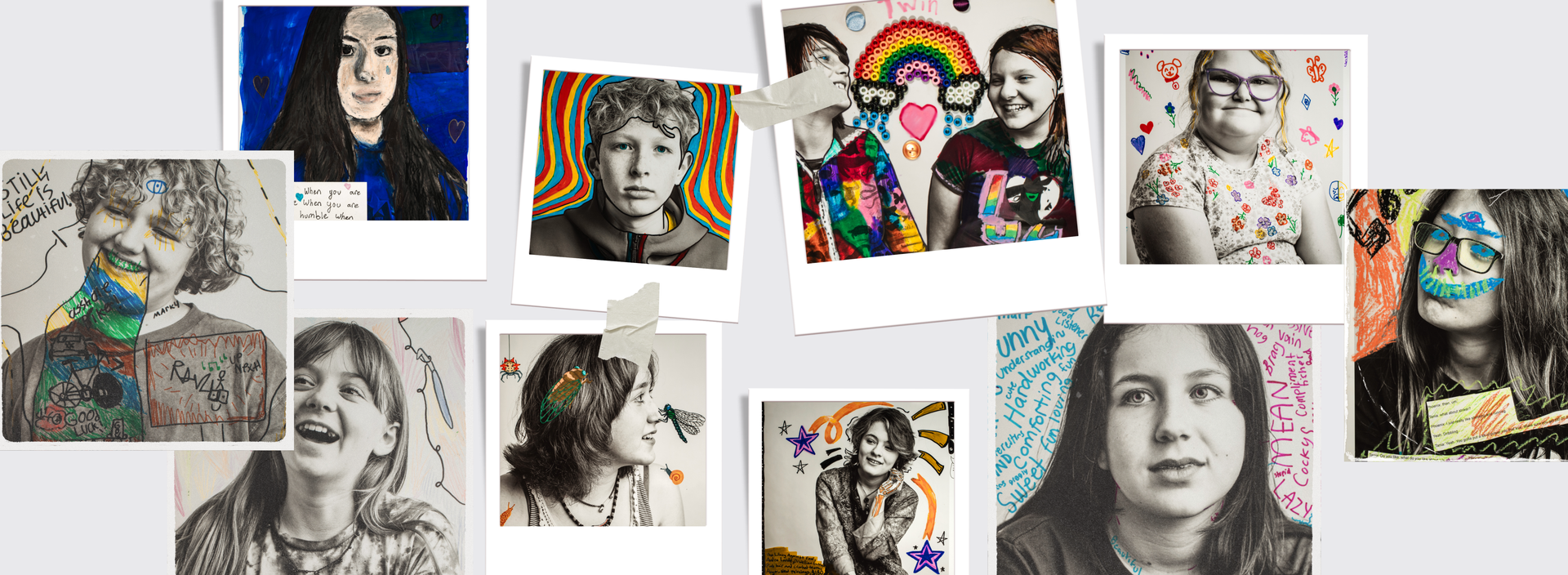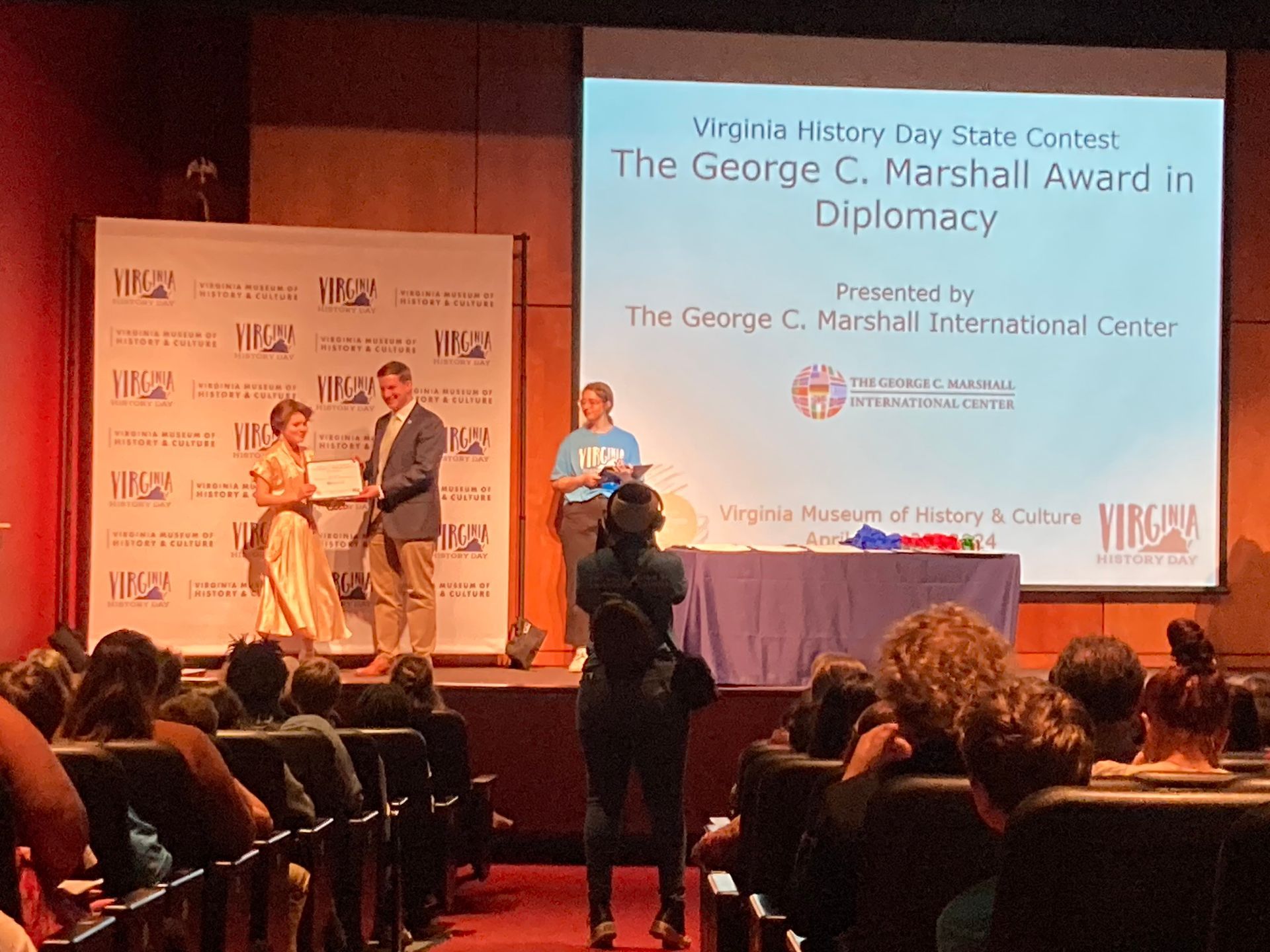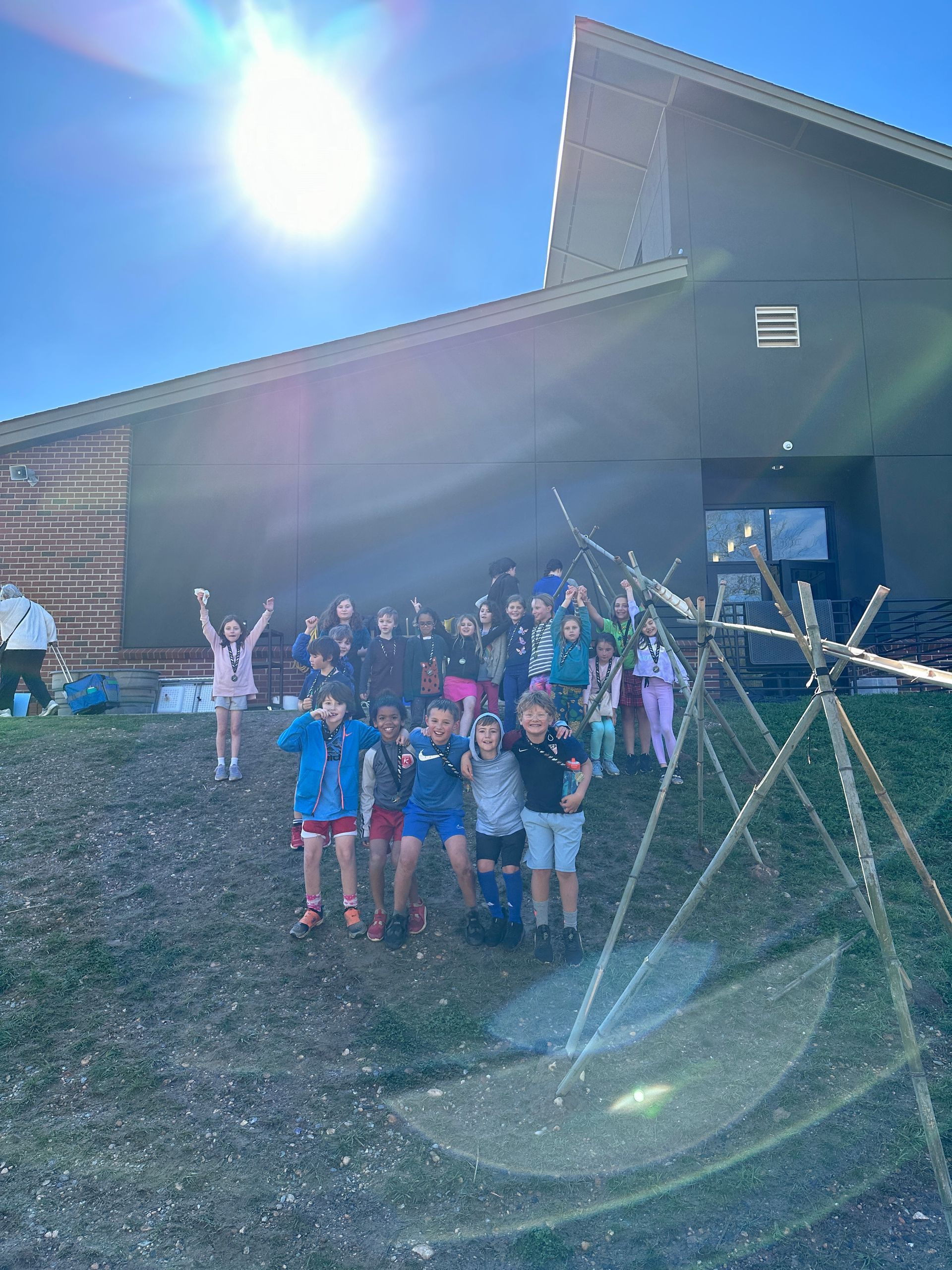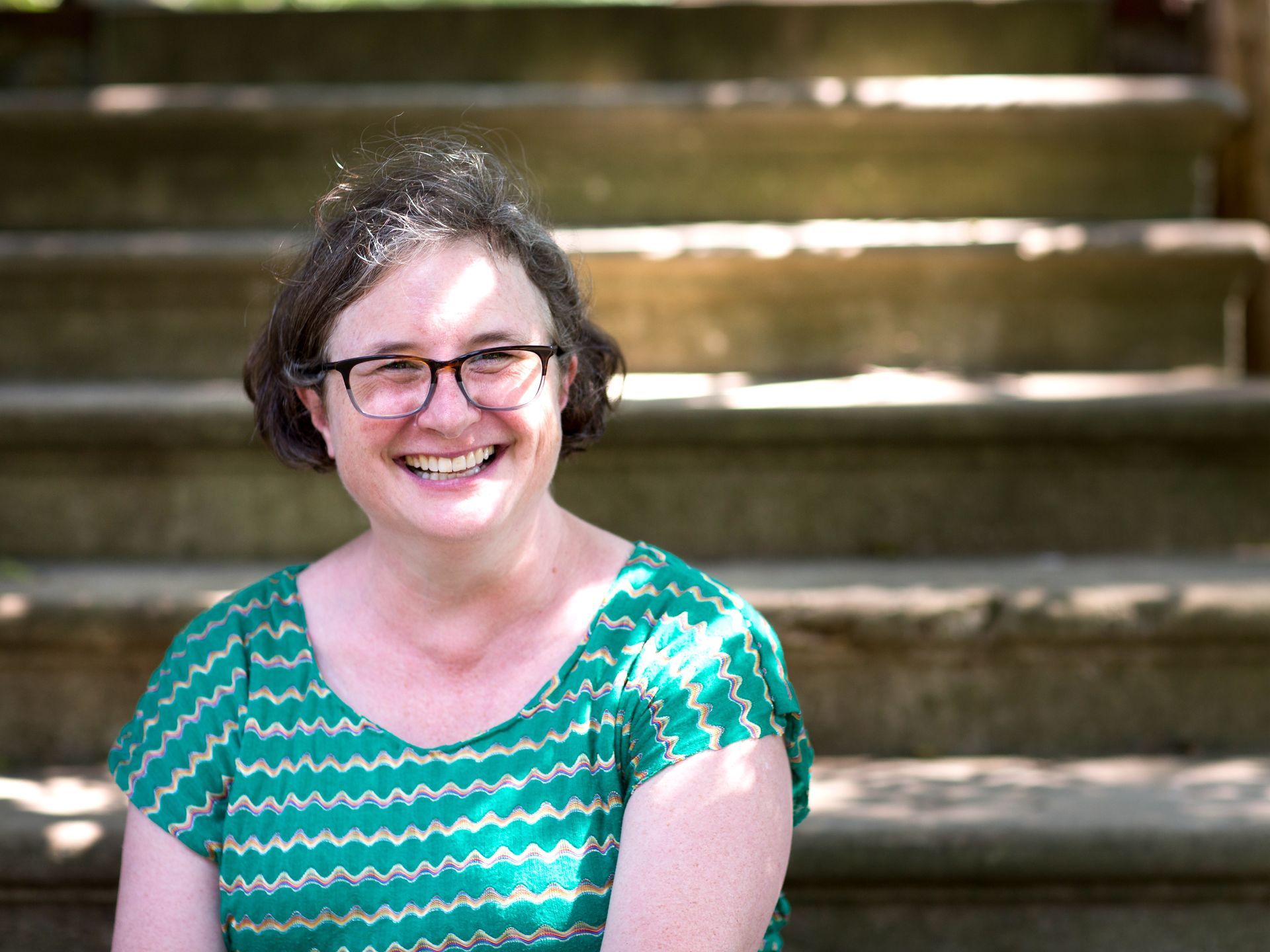Noticing: What do children notice about difference?

Every year our school chooses an Umbrella Project which is an overarching field of study for our entire school from two-year-olds through the eighth grade. This year our school’s project is Listen. My co-teacher Fran and I chose the same personal intention: to find ways of bringing social justice, and a way of listening that supports an anti biased point of view toward differences, to the children in our classroom. I am also part of IDEA (Inclusivity, Diversity, and Equity Alliance), a group of parents and teachers working to create more ways for our school to be inclusive of differences. Working with the group has helped me understand even more that people of different ethnicities and cultures would like to be seen and appreciated for the color of their skin and beliefs they have. Not acknowledging those differences has caused a culture of being unseen if you are not white. As teachers we work to help children find things they have in common so they can work together. We have emphasized a culture of listening. We scaffold children to hear each other’s ideas and respect them. Listening in this way can have repercussions. It may mean accepting that someone doesn’t agree with you or that you have to wait or take on more than one idea in play. To respect everyone’s right to be seen, heard, and respected, how can we help children notice differences? How do we talk about differences with children?
A group of children were playing together in our classroom:
Aurielle: There’s a Christmas toy for you.
Archie: This is my Christmas present. Awww! Good night.
Aurielle: Say good night.
Archie: There’s a monster !
Aurielle: Run away baby! Run away! Arrgh! There’s a monster!
Parker: Remember, guys. It’s a pretend monster. Can I play with you guys?
Archie: NO!
Parker: (Stays playing and Archie joins playing beside her. Has he accepted her into his play?)
Aurielle: I have some ice cream for you. Here’s some jelly beans. (Offers them to Parker. Is she deciding to accept Parker into play?)
Holland: I want some jelly beans!
Aurielle: These are some carrots. (Is this a way of letting Holland know she is not sure she wants Aurielle to join?)
Sometimes it is not clear if the children playing are enjoying each other so much they don’t want another player to join in. It is sometimes unclear if the children do not want someone of a different gender or temperament or someone who has a different skin color or someone who doesn’t have much language yet to join their play. We help children slow down and consider their own intentions for joining play while supporting them with language if needed. We also support children engrossed in play with language to explain their ideas. Observing children at play one day in the garden, I thought of something to try that might help us talk about differences and how to see them as meaningful in our communication with each other.
At circle, I passed a mirror around asking the children, “What do you notice when you look in the mirror?” I wanted to give them an open-ended question without forcing a particular response and was not sure how they would respond. I was surprised when each child looked, smiled and stuck out their tongues, or wrinkled up their noses. Some noticed their teeth. A few children noticed the person sitting next to them when looking in the mirror. I was awed by how the children noticed things we all have in common. I wondered if they would notice hair, eye and skin color, or the length or texture of their hair. When it was my turn I said that I noticed my freckles. I asked,”Does anyone else in our circle have freckles?” I chose a trait that I knew no-one else in the circle shared. The children looked around and noticed that no one else had freckles.
Meeting with Anna, our studio teacher, and Marty, our curriculum director, we talked about having small groups of children look together in a larger mirror. (We meet weekly as a pedological team to talk about the work of the children and discuss questions we might ask and provocations we might choose to better understand the children’s thinking.) What will the children notice when looking in a larger mirror in this way?

Teacher: What do you notice when you look in the mirror?
H: I notice Sarah Anne.
Au: I see my necklace.
H: I see my bear.
C: (Hides under a yellow scarf.)
Y: (Hides crouched down on the floor in front of the mirror.)
Teacher: Do you notice anything different?
Au: I’m like a stretching thing because I’m bending over.
(H tries to do what Au is doing but has difficulty.)
Au shows H how she got into position.
H: I’m Romper Room H.
Teacher: Let’s look at everyone’s hair now.
Au: I notice everybody’s hair is different from my hair. I got a hair cut the last day, Saturday.
H: My mother cut it.
Au: I have curly hair.
C: Curly hair.
Au: I have brown hair with a little bit of blond.
H: I have a little bit of blond.
C: Black hair.
(Teacher helps children notice different clothes, whether their shoes are on and off.) What about the color of our skin?
C: I have different skin. Look!
Children began noticing sizes of hands. They noticed fingernail polish on some fingers and toes.
Teacher: What about our eyes?
H: I have blue eyes.
Y: Mine are brown.
C: My eyes are black.
Au: My eyes are brown.
P: I have gray eyes.
M: I have blue eyes.
Ar: I see blue and white and red right here.
Au: I’ve got red right here, blue right here and white in my eyes right here.
Ar: I’ve got brown eyes.
What I find to be so powerful in working with young children, two turning three, is their capacity to notice differences of all kinds and to also notice similarities they share with others. Will having these observations and discussions about differences help children see each other, appreciate each other, and be able to use language around our observations to make deeper connections with each other?
The post Noticing: What do children notice about difference? appeared first on Sabot at Stony Point.
SHARE THIS POST
